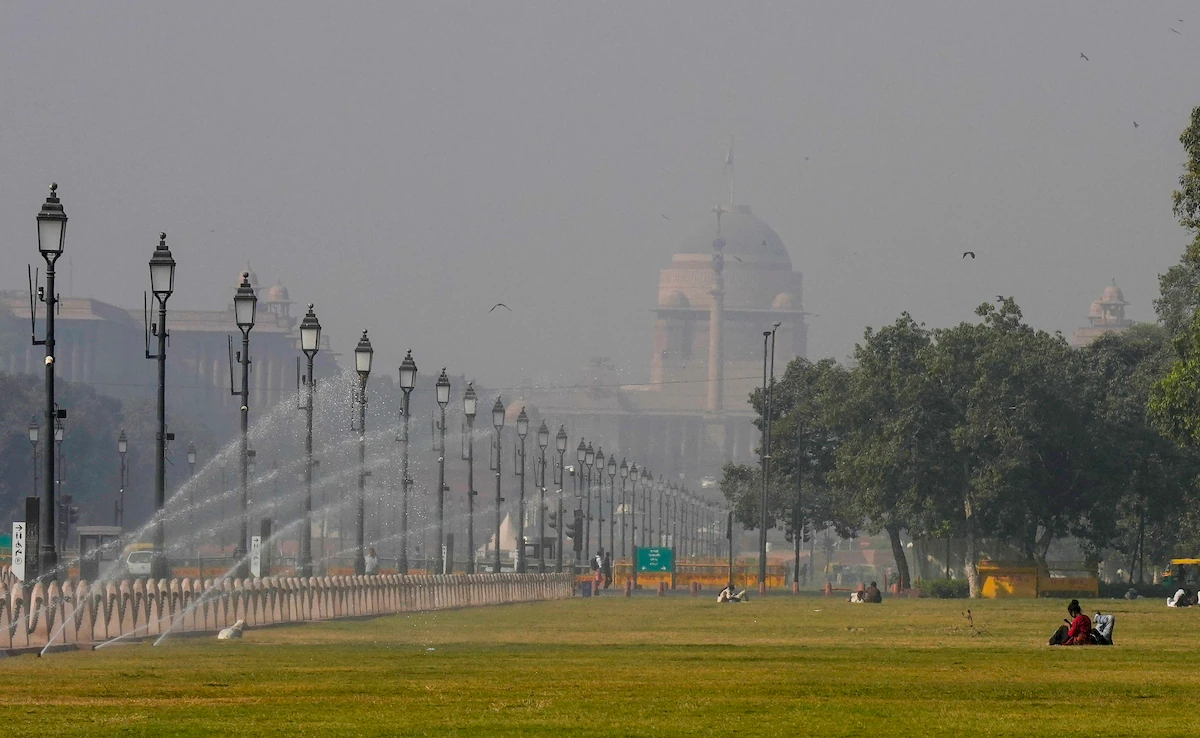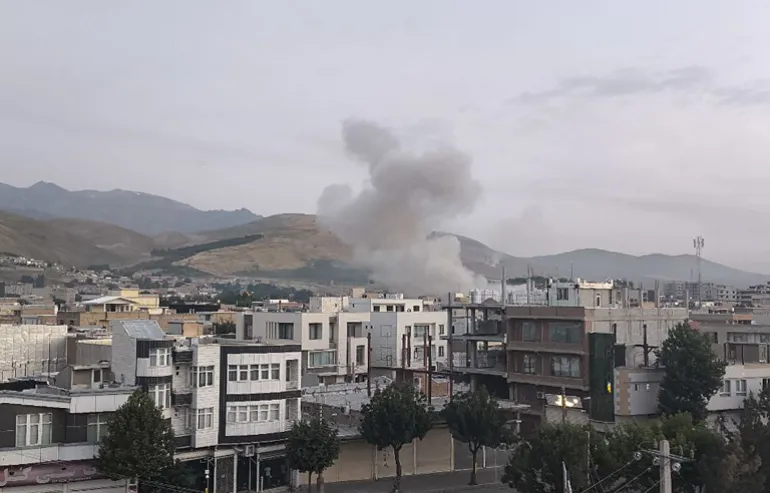- Courses
- GS Full Course 1 Year
- GS Full Course 2 Year
- GS Full Course 3 Year
- GS Full Course Till Selection
- Answer Alpha: Mains 2025 Mentorship
- MEP (Mains Enrichment Programme) Data, Facts
- Essay Target – 150+ Marks
- Online Program
- GS Recorded Course
- Polity
- Geography
- Economy
- Ancient, Medieval and Art & Culture AMAC
- Modern India, Post Independence & World History
- Environment
- Governance
- Science & Technology
- International Relations and Internal Security
- Disaster Management
- Ethics
- Current Affairs
- Indian Society and Social Issue
- NCERT- Science and Technology
- NCERT - Geography
- NCERT - Ancient History
- NCERT- World History
- CSAT
- 5 LAYERED ARJUNA Mentorship
- Public Administration Optional
- ABOUT US
- OUR TOPPERS
- TEST SERIES
- FREE STUDY MATERIAL
- VIDEOS
- CONTACT US
PLACES IN NEWS 28 NOVEMBER 2024
PLACES IN NEWS 28 NOVEMBER 2024
28-11-2024
Zambia
Why in news?
Zambia is experiencing severe electricity blackouts due to a prolonged drought exacerbated by El Niño and global warming.
- The Kariba Dam, the world's largest man-made lake by volume, lacks sufficient water to power its hydroelectric turbines.
- The dam is vital for the energy needs of both Zambia and Zimbabwe.
- The drought has severely impacted agriculture, destroying one million hectares of maize and endangering food security.
- In March, President Hakainde Hichilema declared a state of emergency to address the crisis.
About Zambia:
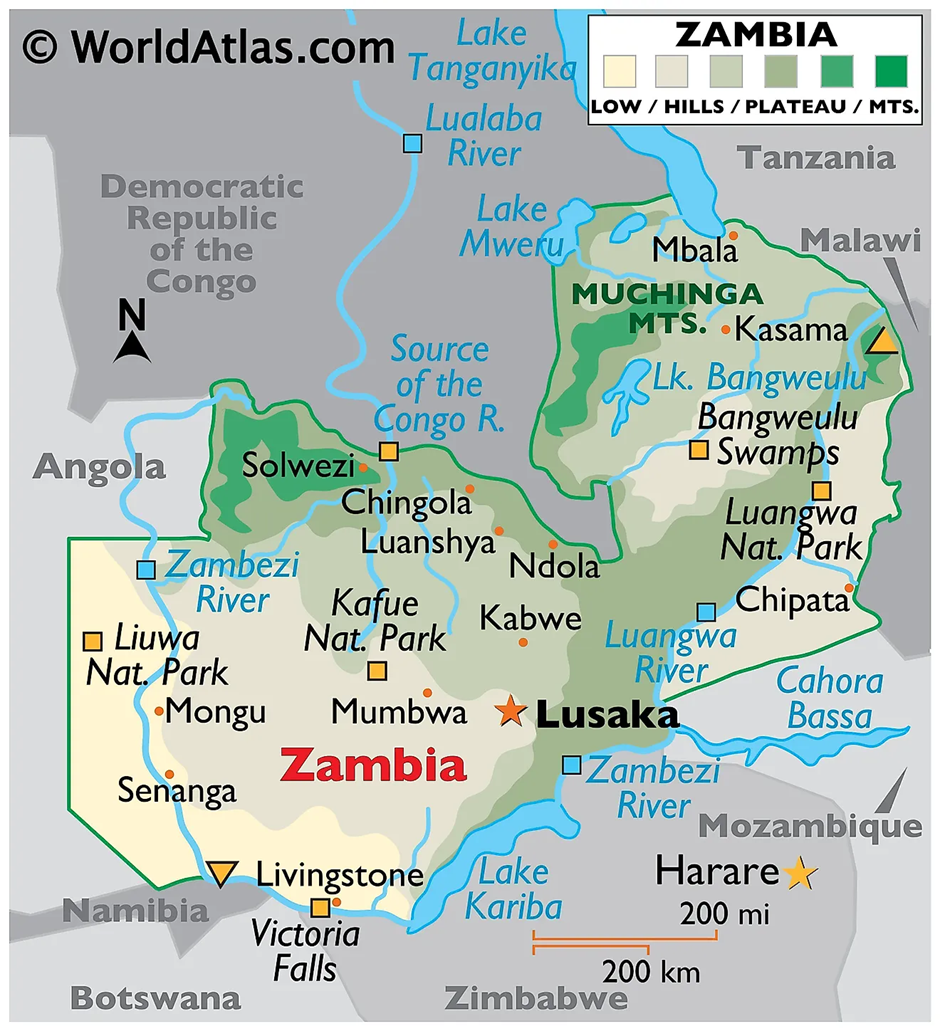
- Zambia is a landlocked country situated in south-central Africa, bordered by eight countries: Tanzania to the northeast, Malawi to the east, Mozambique to the southeast, Zimbabwe to the south, Botswana and Namibia to the southwest, Angola to the west, and the Democratic Republic of the Congo to the north.
- The country lies mostly on a high plateau, with its capital, Lusaka, located in the south-central region.
- Important Lakes: Zambia boasts several significant lakes, which play crucial roles in its ecology, economy, and culture:
- Lake Tanganyika: Shared with Tanzania, Burundi, and the Democratic Republic of the Congo, it is the world’s second-deepest freshwater lake and a major source of fish.
- Lake Bangweulu: Located in northern Zambia, this lake is surrounded by a vast wetland system, supporting diverse wildlife and traditional fishing communities.
- Lake Kariba: Formed by the Kariba Dam on the Zambezi River, it is one of the largest man-made lakes in the world. It supports hydropower generation, fishing, and tourism.
- Lake Mweru: Shared with the Democratic Republic of the Congo, it is vital for local fisheries and agriculture.
- Zambia’s conservation network includes 20 national parks and 34 game management areas, featuring South Luangwa, Kafue, and Lower Zambezi National Parks, and the Bangweulu Wetlands.
- Zambia’s economy is resource-driven, with agriculture, mining, and tourism as key pillars. About 58% of the population engages in subsistence farming, cultivating crops like maize, cassava, and tobacco.
- Mining is vital, with Zambia being Africa’s second-largest copper producer after Democratic Republic of Congo, alongside significant cobalt, emerald, gold, and other minerals like zinc and lead. The Copperbelt region remains the core of the country’s mining industry, which plays a crucial role in its economic growth.
AUKUS
Why in news?
- Chinese Ambassador to New Zealand, Wang Xiaolong, warned that joining AUKUS would harm New Zealand's relationship with China.
- Wang advised New Zealand to consider its long-term interests, regional security, and the impact on its relationship with China.
- however, New Zealand has not made commitments but is exploring future cooperation with AUKUS.
About AUKUS:
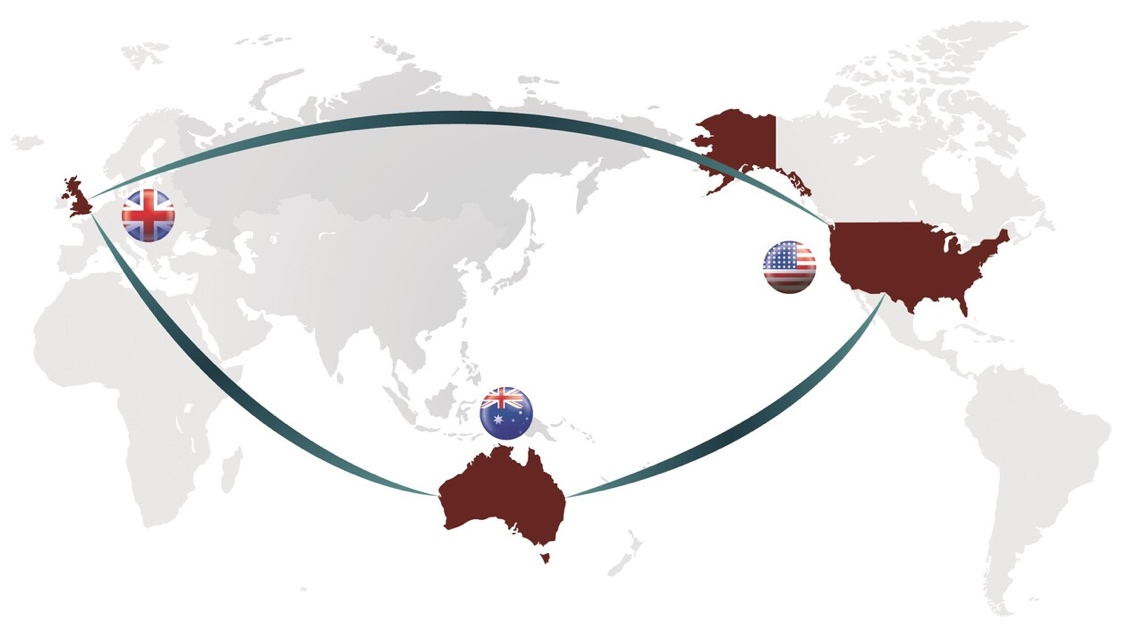
- AUKUS is a trilateral security pact formed in September 2021 between the United States, the United Kingdom, and Australia.
- Its primary goal is to counter China's growing influence and assertiveness in the Indo-Pacific region.
- The first pillar involves providing Australia with nuclear-powered submarines to strengthen its naval capabilities.
- The second pillar focuses on enhancing cooperation in advanced technologies, including cyber capabilities, artificial intelligence, quantum technologies, and undersea capabilities.
- AUKUS aims to promote regional stability through increased defense cooperation and strategic collaboration.
- The pact also facilitates greater information sharing and joint training between the three nations' armed forces.
- While primarily military-focused, it also has implications for broader geopolitical dynamics, particularly with China and other regional powers.
Indo-pacific region

- The Indo-Pacific is a vast biogeographic region, comprising tropical waters of the Indian and Pacific Oceans, and seas linking them.
- It excludes temperate and polar regions, as well as the Tropical Eastern Pacific along the Pacific coast of the Americas.
- The term "Indo-Pacific" was first used in the early 20th century by German political oceanographers like Karl Haushofer.
- In modern geopolitics, it reflects a space of strategic competition, particularly in the U.S.-China dynamic.
- The term gained prominence in the late 2010s, particularly through the Quad (Australia, Japan, India, the U.S.) which uses the region to address security and economic issues.
Existing geopolitical issues in the region:
- Great Power Competition: The Indo-Pacific region is central to the rivalry between the U.S. and China. The U.S. seeks to maintain its influence and security partnerships, while China aims to expand its military, political, and economic presence, particularly through initiatives like the Belt and Road Initiative (BRI).
- South China Sea Disputes: China claims almost all of the South China Sea, a region rich in natural resources and a vital shipping route, despite competing claims from countries like Vietnam, the Philippines, Malaysia, and Brunei. This has led to military and diplomatic tensions.
- Regional Security Alliances: Countries like Japan, Australia, and India are involved in security groupings such as AUKUS, the Quad (Quadrilateral Security Dialogue), and bilateral defence agreements to counter China's growing influence.
- North Korea and Security Concerns: North Korea's missile tests and military provocations have heightened security concerns in the region, particularly for South Korea and Japan, and led to calls for stronger security cooperation.
- Economic Competition and Trade: The Indo-Pacific is the global economic centre of gravity, with countries like China, India, and Japan being major economic powers. Trade routes across the region are crucial for the world’s economic stability.
- Climate Change and Maritime Security: Low-lying island nations in the Pacific are at the forefront of climate change challenges. Rising sea levels and extreme weather events pose existential threats to these nations and demand global attention.
Tuvalu
Why in news?
- Tuvalu is a pacific island nation that faces existential threats from climate change, especially rising sea levels.
- To preserve its land, culture, and sovereignty, Tuvalu is creating a digital replica of its country, including houses, beaches, and trees.
- The initiative, announced by Foreign Minister Simon Kofe in 2022, is part of the "Future Now" project, aiming to safeguard Tuvalu's assets in the cloud.
- The digital twin will also include cultural heritage, with citizens contributing valuable possessions and memories for digitization.
- Tuvalu is using technologies like Lidar for detailed mapping and drone imagery to create the digital twin, with plans for continuous updates.
- The digital nation offers a model for statehood in a climate-altered world, maintaining connections for future generations.
About Tuvalu:

- Geographical location:
- Tuvalu is an island country in the Polynesian subregion of Oceania in the Pacific Ocean, about midway between Hawaii and Australia.
- The country consists of nine small islands and atolls, which are spread across a total area of about 26 square kilometres, making it one of the smallest countries in the world by land area.
-
Impact of Climate change on Tuvalu islands:
- Rising Sea Levels: Tuvalu faces an existential threat from climate change, especially due to its low-lying geography. The islands have an average elevation of only about two meters above sea level. Rising sea levels, caused by global warming, threaten to submerge Tuvalu’s land entirely, with some experts estimating that the country could become uninhabitable by the end of the 21st century.
- Coastal Erosion: Increased sea levels have led to severe coastal erosion, with storm surges and higher tides eroding beaches and damaging infrastructure, such as homes and roads. Many of Tuvalu’s small islands have already seen significant land loss, further threatening their limited habitable space.
- Saltwater Intrusion: Higher sea levels and stronger storms have caused saltwater intrusion into freshwater sources, contaminating the limited drinking water supplies available on the islands. This makes access to safe water more difficult for the population.
- Displacement and Migration: As Tuvalu’s environment becomes less habitable, the country has faced growing pressure to address climate-induced migration. Many Tuvaluans have already moved to other countries, particularly New Zealand, Australia, and the United States, to seek better living conditions and opportunities.
- Cyclones and Extreme Weather: Tuvalu is increasingly exposed to more frequent and intense tropical cyclones. These storms can destroy infrastructure, disrupt livelihoods, and increase the vulnerability of the islands to flooding and storm surges.
-
Tuvalu's Response to Climate Change:
- Tuvalu has been an outspoken advocate for climate action on the international stage. The country has actively participated in United Nations Climate Change negotiations, particularly pushing for stronger global commitments to reduce greenhouse gas emissions and to limit global temperature rise.
- The government of Tuvalu has called for more financial and technical support from the international community to help mitigate and adapt to the impacts of climate change, including funding for infrastructure and sustainable development.
- One of the most notable responses has been Tuvalu’s efforts to secure a migration plan for its citizens in case the country becomes uninhabitable. This involves negotiating bilateral agreements with countries like New Zealand for climate refugees.
- Adaptation strategies include building higher sea walls, improving water management systems, and promoting sustainable development projects to make the islands more resilient to climate impacts.
Suriname
Why in news?
- Suriname is introducing the "Royalties for Everyone" program, where $750 will be deposited into each citizen's bank account, along with a 7% annual interest. This initiative is backed by a $10.5 billion offshore oil project by TotalEnergies, expected to significantly boost the economy.
- Suriname aims to avoid the "oil curse" by establishing a sovereign wealth fund for future generations and promoting education and training.
- With estimated oil reserves of 2.4 billion barrels, Suriname’s oil wealth could transform the economy, though careful management and transparency are key to ensuring long-term prosperity for its citizens.
About Suriname:

- Suriname, the smallest independent country in South America, is located on the Guiana Shield and is divided into coastal lowlands and vast tropical rainforest, covering 80% of its land.
- The country has a tropical climate with temperatures ranging from 29-34°C (84-93°F) and experiences two wet and two dry seasons annually.
- Suriname’s forest cover, which is the highest globally at 90.2%, helps maintain its carbon-negative status since 2014. The country is known for its rich biodiversity, including species like the blue poison dart frog, and has 16% of its land designated as protected areas, including the UNESCO-listed Central Suriname Nature Reserve.
- Economically, Suriname was historically dependent on bauxite, but today gold (60-80% of exports) and oil are major contributors, alongside agriculture (rice, bananas, shrimp) and ecotourism.
- The oil sector, led by STAATSOLIE, contributes about 10% of GDP.
- Suriname's primary trade partners include Switzerland, China, the Netherlands, the USA, Canada, and Caribbean nations.
Ethiopia
Why in news?
- The Mekele Rehabilitation Centre continues to support war victims in Ethiopia's Tigray region, offering essential services such as prosthetics and physical therapy.
- In addition to aiding survivors of the Tigray conflict, the centre now plays a key role in the rehabilitation of ex-combatants as part of the national Disarmament, Demobilization, and Reintegration (DDR) program.
- This program, launched in November 2024, helps former fighters reintegrate into society by providing training and financial assistance.
About Ethiopia’s internal conflict:
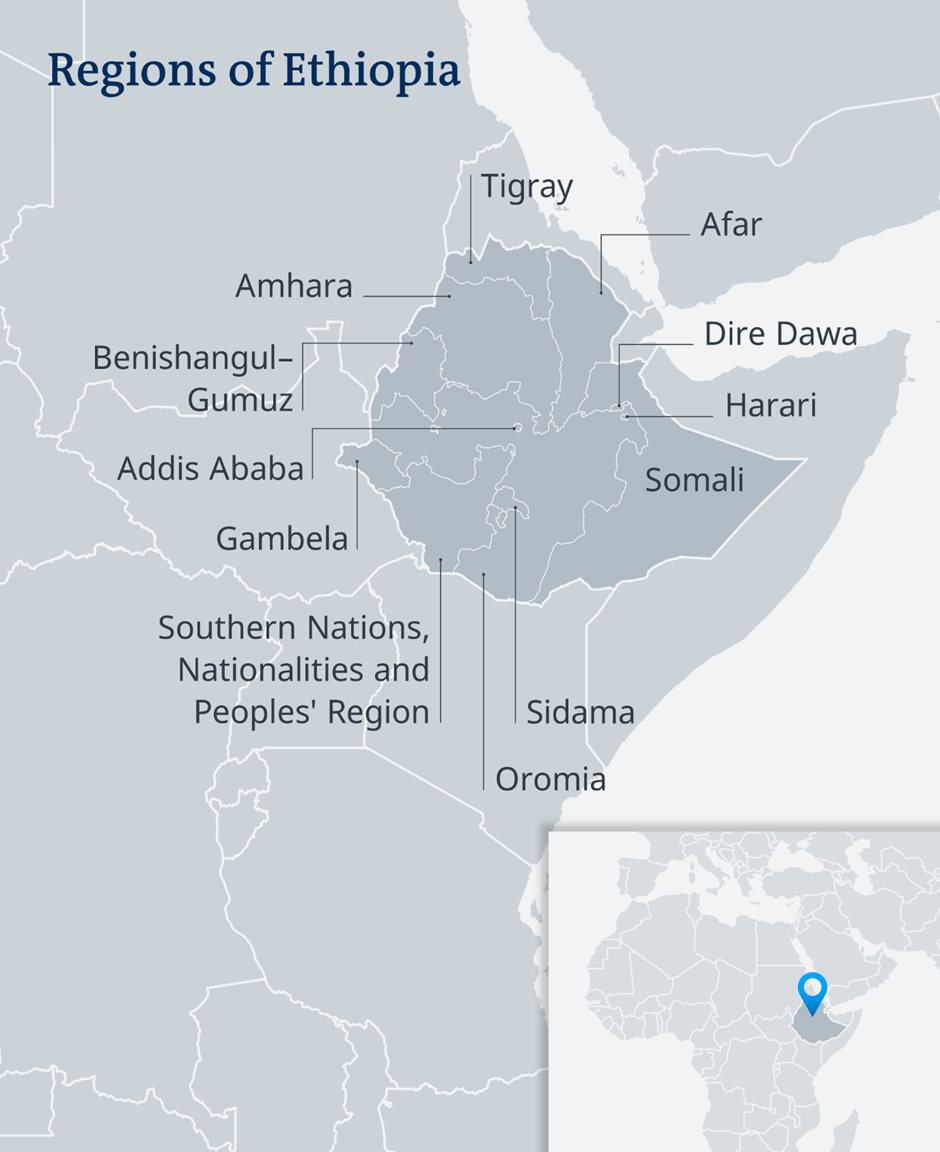
Background
- Ethiopia has been embroiled in a violent internal conflict following the end of the Tigray War (2020–2022).
- The conflict initially started with tensions between the Tigray region, led by the Tigray People’s Liberation Front (TPLF), and the Ethiopian central government, which involved severe human rights abuses and ethnic violence.
- Prime Minister Abiy Ahmed’s government, initially heralded as a promoter of peace, faced growing ethnic tensions, particularly with the Oromo and Amhara groups.
- In 2020, the TPLF’s defiance against the central government sparked the military operation in Tigray. Despite the cessation of hostilities agreement in 2022, the ethnic and political discord continues to escalate.
Security and Regional Implications
- The violence within Ethiopia has created a humanitarian crisis, exacerbating displacement across the country.
- In addition to internal strife, Ethiopia’s instability has significant regional implications, especially with tensions over the Grand Ethiopian Renaissance Dam (GERD) with Egypt and Sudan. Furthermore, renewed hostilities between Ethiopia and Eritrea, particularly concerning access to the Red Sea, have heightened concerns of broader conflict.
- Despite the peace agreement with the TPLF, Amhara and Oromia militias remain active, reflecting ongoing ethnic divisions and national unrest.



